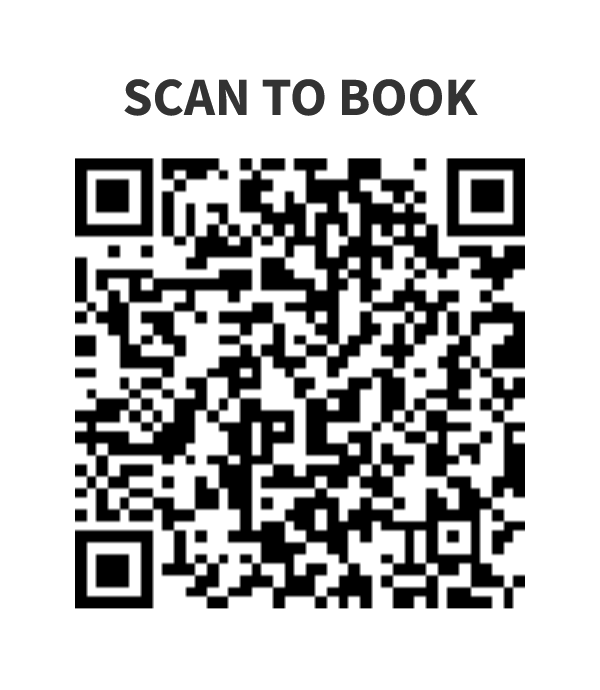

Are you ready to get certified in CPR, AED and First Aid? Fill out the form below to request a time to setup a class or you can jump to our Courses Page and get your certificate online!


Starting in November 2024, we are offering CPR Classes on ZOOM! These are certified classes and will offer all of the features found in our In-Person Classes.
These classes will go for up to 4 hours, depending on the class you are taking. All you will need is an Internet connection and a webcam with a microphone in order to attend the class.
Just like all of our classes, we will schedule these classes on your schedule! Class size can be up to 30 students.
$49.95
Per Person
$69.95
Per Person
$49.95
Per Person
* Free if you don't need a card!
$39.95
* Free if you don't need a card!
$59.95
Healthcare BLS
$109.00
CPR/Healthcare BLS
$397.00


Delphi CPR Training Center is now offering Instructor Training. You can become an instructor for Adult/Child/Infant CPR/AED/First Aid or become a Healthcare Basic Life Support (BLS) Instructor to provide certifications to Healthcare Professionals.
Drag and Drop Website Builder